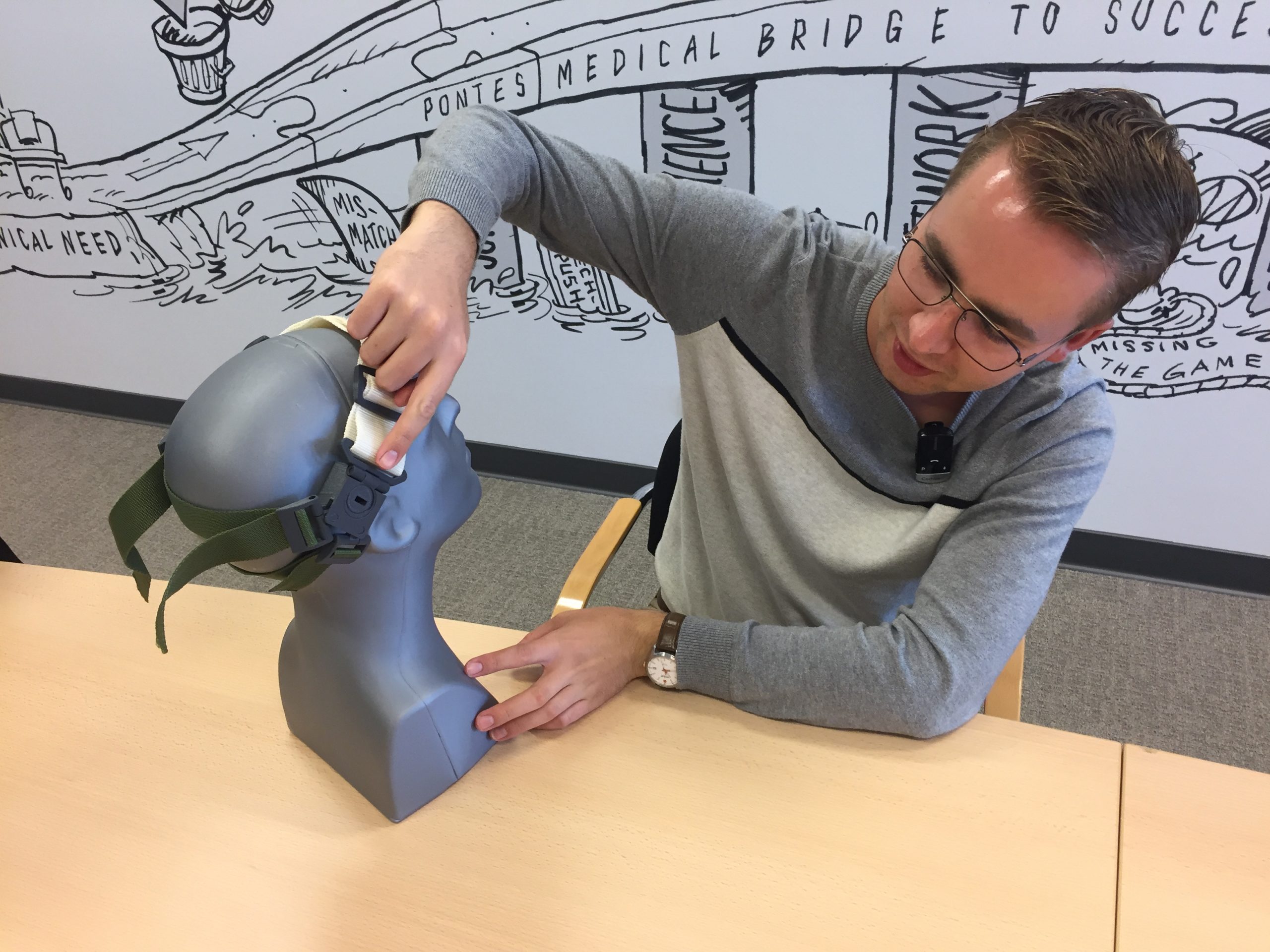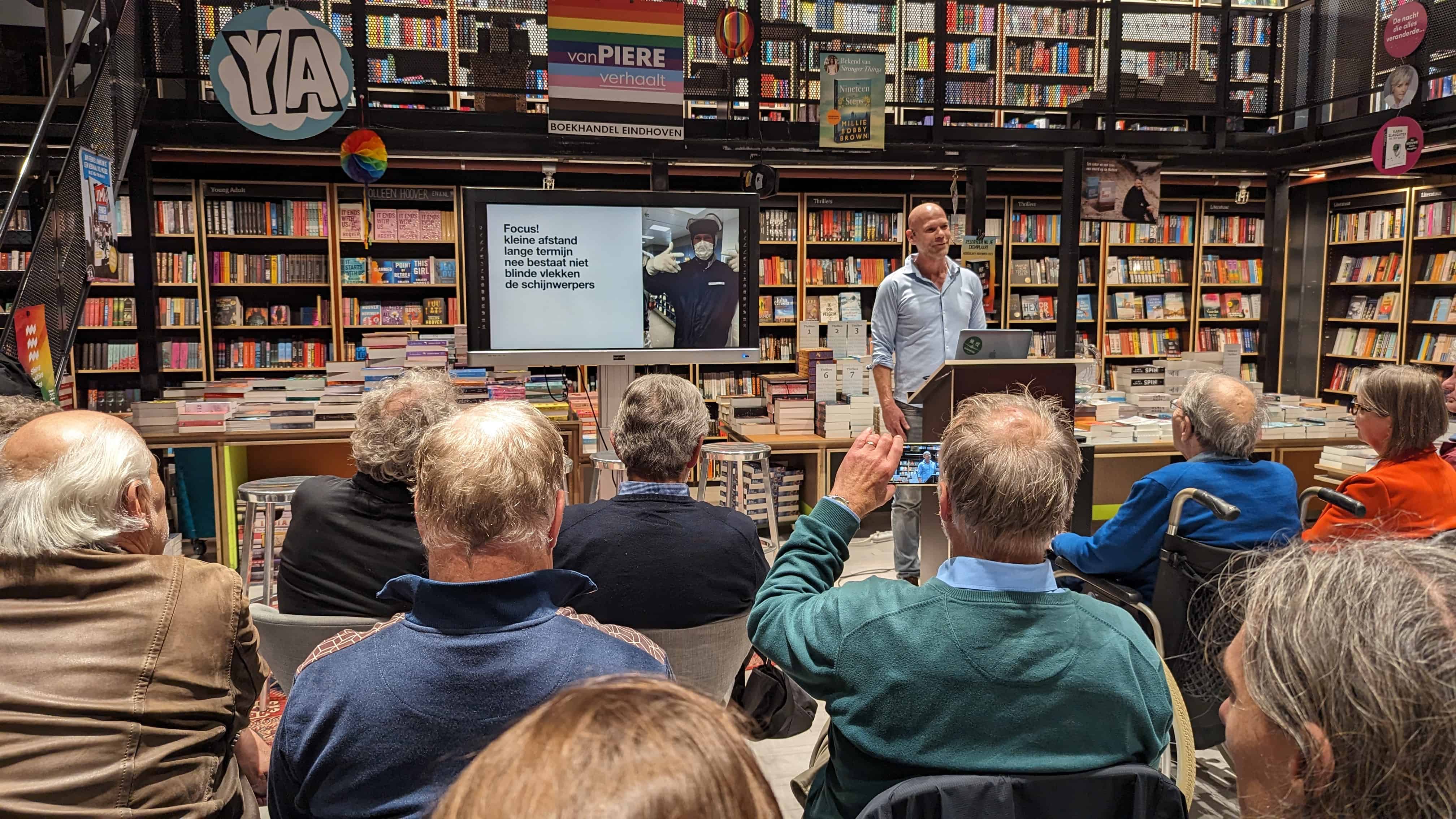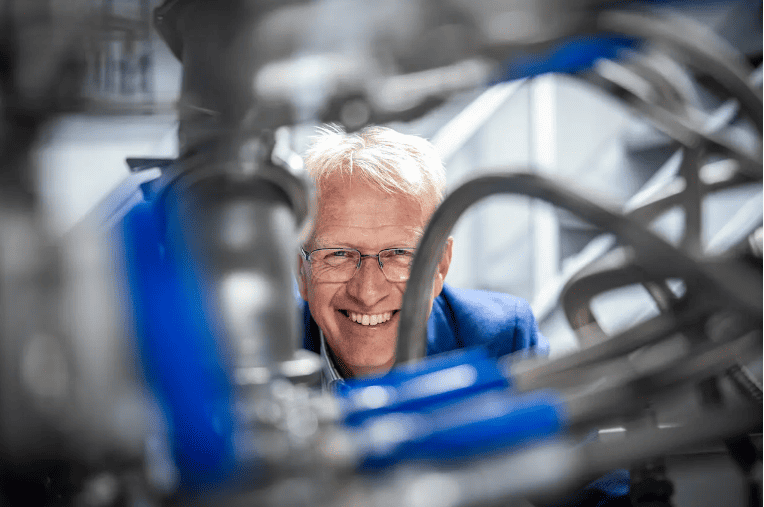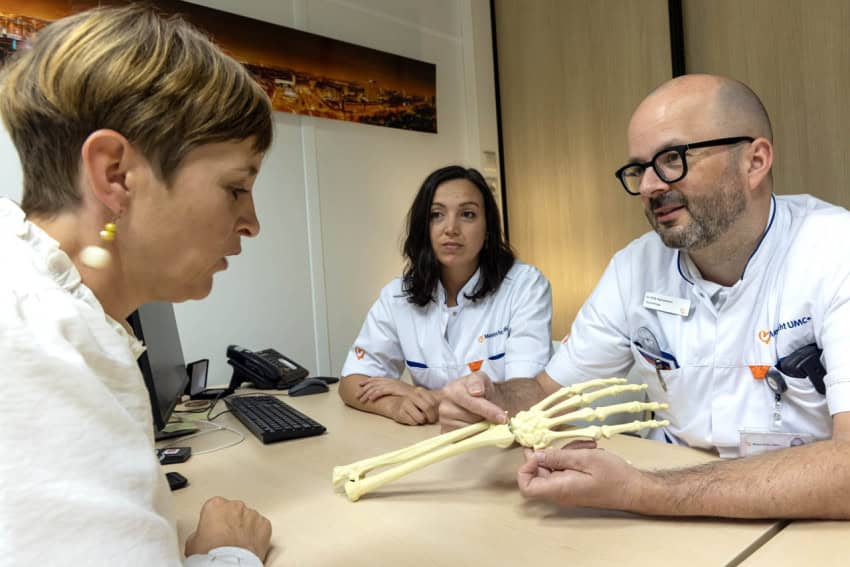
Only a few people (fortunately) are familiar with the problem: They went through a painful MRI scan because they had been fitted with a cochlear implant, i.e. a hearing aid. The reason for this is that these types of implants contain a built-in magnet and MRI scanners work with powerful magnetic fields. In addition, there is a risk that the implant might become displaced and require another operation.
Severe headaches during an MRI scan led to Hijink getting the idea to design a headband to absorb the negative effects of the scan.
One of the people with this problem is the now 23-year-old Diederick Hijink He had to undergo an MRI scan three years ago and afterward left Utrecht University Hospital (the Netherlands) with a severe headache. That experience led to the idea of designing a headband to absorb the adverse effects of the scan. In close consultation with the treatment team at the UMC Utrecht, the decision was made to make an exception and try out Hijink’s headband. A successful MRI followed two years ago, which Hijink underwent without suffering any pain and without the implant moving.
Building bridges
Hijink continued with the design of the headband together with the development team from the medical technology department (MTKF) at UMC Utrecht. Pontes Medical also played a major role in this. This is an active collaboration between the academic hospitals of Amsterdam and Utrecht aimed at building bridges between the medical, technical, and commercial worlds (‘Pontes’ is the plural form of the Latin word for ‘bridge’). ” In order to do this, we look at the needs of both patients and healthcare providers for a product, as well as its potential commercial value,” says Oda Heerema-Snoep of Pontes Medical.

Manufacturers of cochlear implants know that implants cause problems for their patients undergoing an MRI. Although these suppliers do provide special MRI kits, they do not work adequately. Hijink’s MRI headband comes at an opportune time. Nevertheless, it is not the case that there will be a significant market for them. “The commercial value of the MRI band is limited given that not many people have a cochlear implant,” says Heerema-Snoep, who graduated as an industrial designer.
We are referring to about 6,000 people in the Netherlands. Yet a new generation of implants has been on the market since 2017. This features a much lower magnetic force field and eliminating any problems during an MRI scan. “But because an MRI band is still really needed, we are planning to work with it,” Heerema-Snoep states.
Unique in the world
The product, which Heerema-Snoep does not want to reveal any technical specifications on, is at an advanced stage. Although it will still take about 16 months before it can be put on the market. Extensive tests are still needed to safeguard its safety and effectiveness. Clinical research is also still needed to verify the correct functioning of the MRI band. It goes without saying that it is important to get cochlear implant manufacturers to produce the MRI band and make it available to hospitals.
Heerema-Snoep believes that the MRI band is unique in the world.








